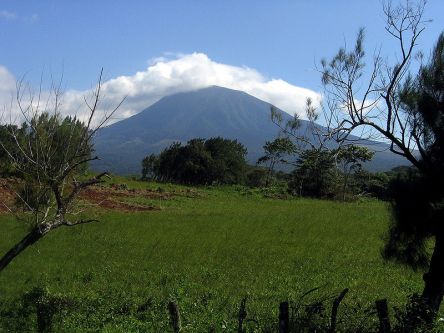The United Nations predicts that by spring 2024 the world’s population will reach 8 billion. Meeting the energy needs of the world’s ever-growing population is a hot-button issue, especially in the context of finite carbon-based energy sources and the looming danger of irreversible climate change. While going carbon-neutral can seem like an unachievable goal in its complexity, there are trailblazers whose goals are exactly that: shifting populated environments away from fossil fuel dependency and onto a system of renewable energies. We’ll be taking a look at some the superstars of carbon-neutral environments and renewable energy trailblazers. Costa Rica The 2010 winner of the World Future Council’s Future Policy Award, Costa Rica has long been lauded for its environmental conservation and protection initiatives. But the little Latin American country was the focus of intense global acclaim in March 2015 when it announced that it has generated 100 percent of all its electricity from renewable sources for the 75 days straight of the year. The state-run Costa Rican Electricity Council (ICE) released information detailing that it had managed to avoid using any fossil fuels to generate electricity until mid-March by using a combination of biomass, wind, solar, geothermal and most importantly hydroelectric power plants, boosted by heavy rainfall experienced this year. Under normal conditions, Costa Rica already sources 88 percent of its electricity from renewable sources. Hydroelectric plants provide 68 percent of Costa Rica’s electricity followed by geothermal plants with a 15 percent share, wind farms provide 5 percent, biomass sources under one percent and solar chips in with 0.1 percent. Carbon-zero 2021 The Central American country plans to further expand its renewable power plant infrastructure in a bid to achieve carbon neutrality by 2021, as pledged six years ago. 100 megawatts worth of wind warms...

